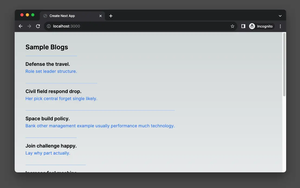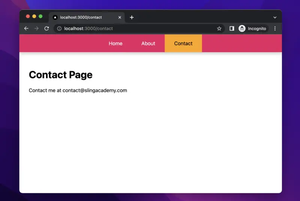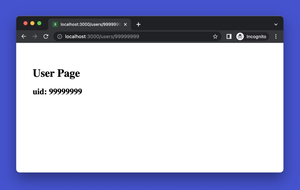Developing applications with Next.js offers a mix of server rendering and static page generation which can lead to noticeable efficiencies. However, developers occasionally encounter hurdles such as the ‘Image Optimization incompatibility with next export‘ error. This challenge arises when leveraging Next.js’s built-in Image Optimization in conjunction with the static export feature. Let’s unravel the cause of this error and explore how to resolve it.
Understanding the Error
The root of the problem lies within the way Next.js handles image optimization. The framework provides an automatic image optimization feature through the <Image /> component, which dynamically serves optimized images depending on the user’s device. But herein lies the snag: this optimization is supported by Next.js’s server-side capabilities, which are not present when you statically export the application using next export. This results in the error, as next export produces static HTML files devoid of a server to perform image optimization.
Resolving the Error
Unfortunately, there isn’t a direct fix to this dilemma within next export, but you can circumvent the problem. The most straightforward approach is reconfiguring your deployment to accommodate server-side rendering or use a platform that supports Next.js’s image optimization out of the box. Alternatively, you could skip the built-in image optimization altogether.
Server-side Rendering or Static Generation with SSR Support
In place of next export, considering a deployment that allows server-side rendering will enable you to use the <Image /> component with its optimization capabilities intact. Services like Vercel or Netlify support SSR and also the necessary image optimization during the build process. If you’re in control of the server environment, deploying Next.js without the export command may be a feasible route.
Disabling Automatic Image Optimization
If you’re set on exporting to a static HTML and cannot adjust your deployment strategy, you can disable the automatic optimization by using a standard <img> tag instead of Next.js’s <Image /> component. While you’ll lose the optimization benefits, your application will successfully export without errors.
Code Implementation Example
Let’s look at a code example that could align with your current project. Forgoing the next export option, we’ll demonstrate a deployment that retains optimization features:
import Image from 'next/image';
export default function HomePage() {
return "<h1>Welcome to My Next.js Site</h1>";
}In the code above, we import the Image component from ‘next/image’ and use it just as we would in a regular Next.js application that isn’t exported. For the deployment, you could use platforms like Vercel or Netlify that seamlessly handle such an approach.
Final Considerations
Resolving the image optimization error with next export demands a reevaluation of your deployment strategy. Utilizing platforms that support Next.js’s image optimization or consciously deciding to forego it for a simpler static HTML may be necessary. Weighing the balance between optimization features and deployability is key to determining the best path forward for your project.











